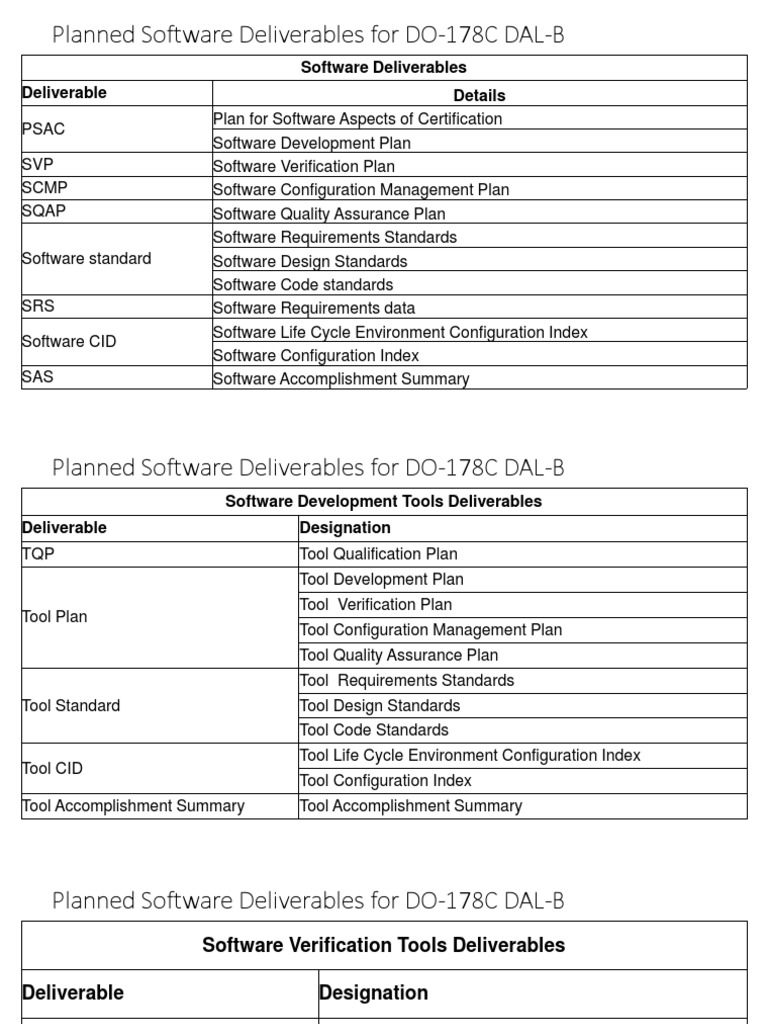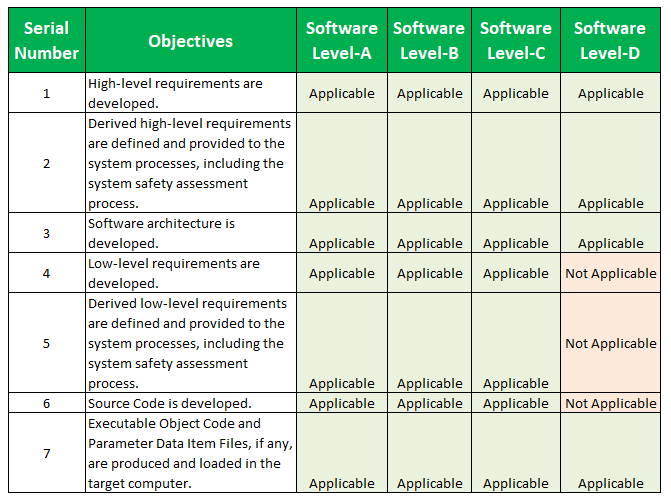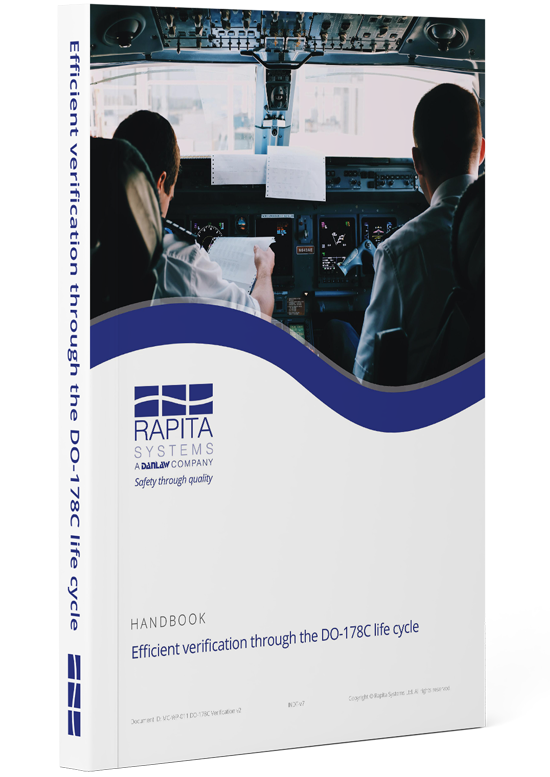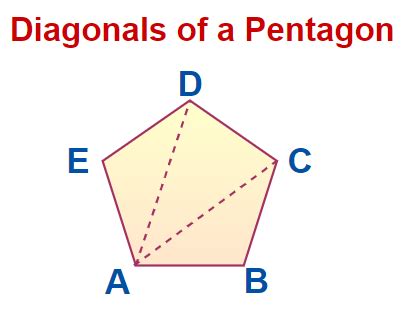5 Must-Know Facts About Software Items in DO-178C

In the world of aviation software development, ensuring safety and reliability is paramount. DO-178C, a comprehensive standard, plays a critical role in guiding the development and certification of software for airborne systems. Among the myriad of considerations, software items stand out as key elements that directly impact the overall safety and functionality of an aviation system. This article delves into five essential facts about software items in DO-178C, shedding light on their significance, complexities, and best practices.
The Intricate World of Software Items in DO-178C

DO-178C, or “Software Considerations in Airborne Systems and Equipment Certification,” is a comprehensive standard that provides guidelines for the development and certification of software used in airborne systems. It outlines the processes, documentation, and verification methods necessary to ensure that software meets the stringent safety requirements of the aviation industry. Within this complex framework, software items play a pivotal role, influencing every aspect of the software development lifecycle.
1. Software Items: A Comprehensive Overview
Software items, as defined by DO-178C, encompass all the software elements that contribute to the functionality of an airborne system. These items are not limited to the software code itself but also include the supporting documentation, tools, and processes that govern its development, testing, and maintenance. In essence, software items are the building blocks of an airborne software system, and their proper management is crucial for achieving certification.
| Software Item Category | Description |
|---|---|
| Source Code | The actual programming language instructions that define the software's behavior. |
| Object Code | The compiled or assembled form of the source code, ready for execution. |
| Software Requirements | Statements that specify the functions and behavior expected from the software. |
| Software Design | Documents outlining the software's architecture, components, and interfaces. |
| Test Cases | Defined scenarios used to verify the software's behavior and compliance with requirements. |

2. Software Item Classification: A Critical Step
One of the foundational steps in DO-178C compliance is the classification of software items. This process involves assigning a severity level to each software item based on its potential impact on the safety of the airborne system. The classification, often referred to as the Software Level, determines the level of scrutiny and documentation required for that item. It’s a critical decision that influences the entire development and certification process.
| Software Level | Description |
|---|---|
| A | The highest level, reserved for software items that could potentially lead to catastrophic consequences if they fail. |
| B | Items at this level could cause serious injuries or significant system degradation. |
| C | Failures of these items may result in minor injuries or temporary system degradation. |
| D | The lowest level, indicating items that have minimal safety impact. |
3. Documentation: The Backbone of DO-178C Compliance
DO-178C places a strong emphasis on comprehensive documentation for software items. This documentation serves as a record of the development process, ensuring transparency and providing evidence for certification. It includes detailed records of design decisions, test results, and any changes made to the software. The level of documentation required is directly proportional to the software item’s classification, with Level A items demanding the most exhaustive documentation.
4. Verification and Validation: Ensuring Software Integrity
The verification and validation process is a cornerstone of DO-178C compliance. It involves a rigorous series of tests and analyses to ensure that software items meet their specified requirements and perform as intended. This process is crucial for identifying and mitigating potential risks and ensuring the software’s reliability and safety.
5. Continuous Monitoring and Maintenance
Software items in DO-178C are not static; they evolve and change throughout the software’s lifecycle. Continuous monitoring and maintenance are essential to ensure that changes made to the software items do not compromise safety or compliance. This includes regular reviews, updates to documentation, and re-verification as necessary.
What are the key benefits of DO-178C compliance for software items?
+DO-178C compliance for software items ensures that the software meets the highest safety standards, reducing the risk of failures and ensuring the integrity of airborne systems. It also provides a structured framework for development, making it easier to manage and maintain software over its lifecycle.
How often should software items be re-evaluated for DO-178C compliance?
+Software items should be re-evaluated whenever significant changes are made to the software or its environment. Regular reviews, as part of the continuous monitoring process, are also recommended to ensure ongoing compliance.
Can DO-178C be applied to non-aviation software?
+While DO-178C is specifically designed for aviation software, its principles and best practices can be adapted for other safety-critical software domains. The focus on safety, thorough documentation, and rigorous verification can be beneficial in any context where software reliability is paramount.



